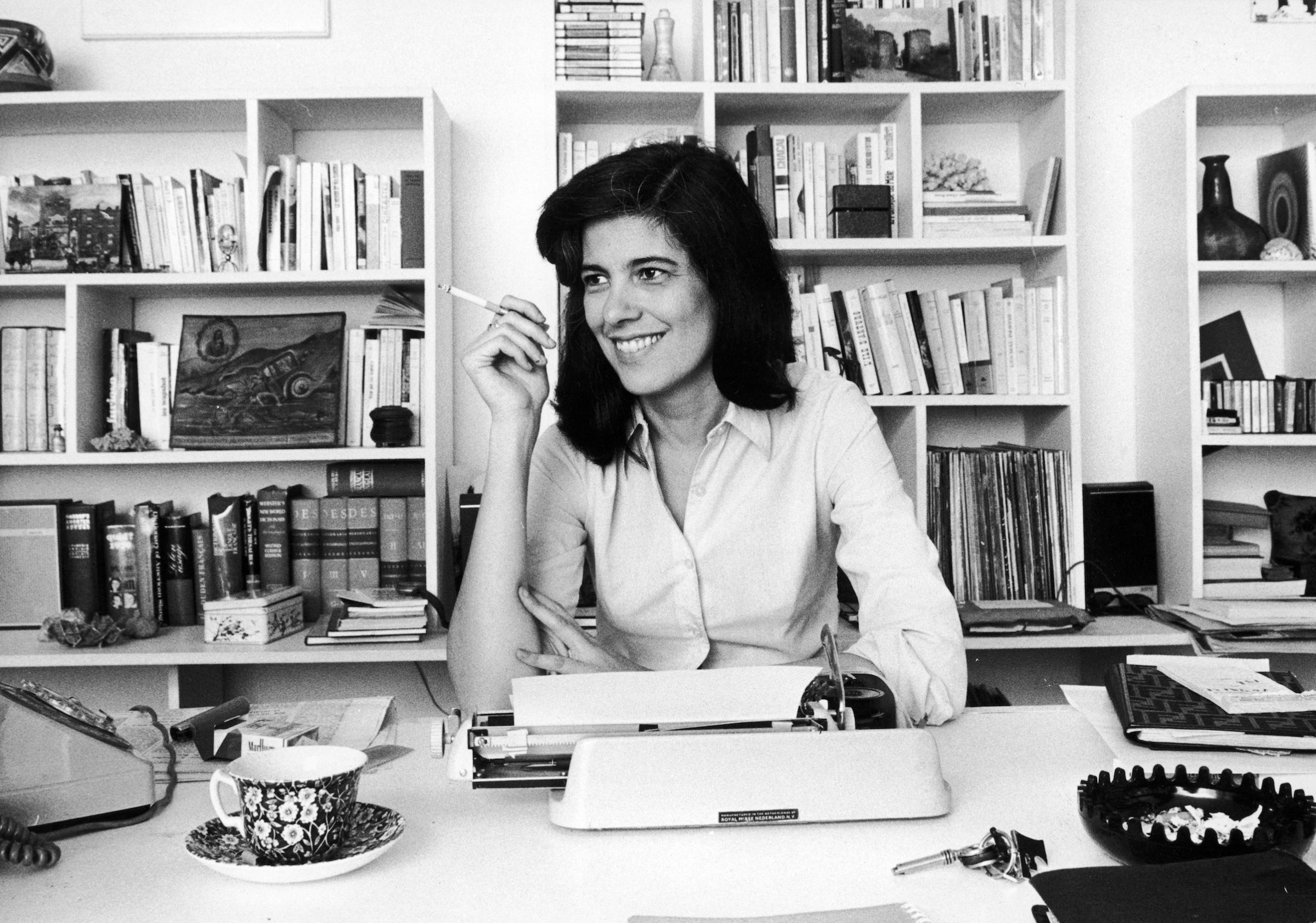
The annual benefit for the Metropolitan Museum of Art’s Costume Institute is as high-fashion as fashion gets — but this year’s Met Gala, on Monday night, will bring a heavy dose of low culture to the red carpet. After all, the gala’s theme celebrates the opening of its exhibition Camp: Notes on Fashion, and that interaction of high and low is key to camp’s spirit.
While the origins of camp can be traced back to the reign of the French King Louis XIV, the inspiration for this show is much more recent. The modern camp aesthetic was solidified in the 1964 Partisan Review essay “Notes on ‘Camp'” by the American critic Susan Sontag.
The essay first appeared that fall, and didn’t take long to grab mainstream attention. Case in point: That December, TIME’s “Modern Living” section explained to readers why everyone was suddenly talking about camp:
Where are the dandies these days? Not the mere fops and mannered exhibitionists, but the lovers and arbiters of style for style’s sake, the cherishers and curators of what’s amusing (as opposed to what’s serious) — a predilection that is one of the luxuries of affluent societies. They thrived in Socrates’ Athens and at the Roman courts of emperors and Popes. The 18th century shone with them, and the 19th century produced the dandy of all time, Oscar Wilde.
Wilde rebutted the industrial revolution with flowing locks and velvet suits; he warded off its fumes with a long-stemmed flower. The modern dandy, on the other hand, revels detachedly and deliciously in the vulgarity of mass culture. And the word is not dandyism any more. According to one of Manhattan’s brightest young intellectuals, Novelist Susan Sontag, the word is “Camp.”
The essence of Camp, writes Miss Sontag in the Partisan Review, is “its love of the unnatural: of artifice and exaggeration.” Tiffany lamps are Camp, she says by way of illustration, and so is a fondness for Scopitone films and the lurid pseudo journalism of the weekly New York National Enquirer. Turn-of-the-century postcards are Camp; so is enthusiasm for the ballet Swan Lake and the 1933 movie King Kong. Dirty movies are Camp — provided one gets no sexual kick out of them — and so are the ideas of the French playwright Jean Genet, an ex-thief and pederast who boasts about it. “Genet’s statement that ‘the only criterion of an act is its elegance’ is virtually interchangeable, as a statement, with Wilde’s ‘In matters of great importance, the vital element is not sincerity, but style.'”
In matters sexual, according to Miss Sontag, Camp goes against the grain, cherishing either the androgynous, swoony girl-boys and boy-girls of pre-Raphaelite painting or the plangent supersexiness of Jayne Mansfield or Victor Mature. In art, Camp’s exaggeration must proceed from passion and naiveté. “When something is just bad (rather than Camp),” she writes “it’s often because the artist hasn’t attempted to do anything really outlandish. ‘It’s too much,’ ‘It’s fantastic,’ ‘It’s not to be believed,’ are standard phrases of Camp enthusiasm.”
Click here to read the full story from 1964 in the TIME Vault
The essay launched Sontag’s career as a literary critic, in which “she argued for a more sensuous, less intellectual approach to art,” TIME noted in her obituary, when she died in 2004 at the age of 71. “It was an irony lost on no one, except perhaps her, that she made those arguments in paragraphs that were marvels of strenuous intellection.”
“Notes on ‘Camp'” not only launched her career, but also it launched a new way of thinking. It fit right in with the spirit of the ’60s, an era known for new ideas and the breaking down of taboos. As TIME noted in 1964, when it came to camp, this phenomenon was particularly true in terms of sexuality. Camp was not gender or sexuality specific, Sontag argued, but the aesthetic had been embraced by the LGBTQ community as a way to “neutralize moral indignation” by promoting a playful approach to that which others took seriously.
Which was not to say Sontag didn’t take camp seriously.
“Seriousness was one of Sontag’s lifelong watchwords, but what she sometimes dared to take seriously were matters that educated opinion, as it emerged from the cramped quarters of the 1950s, dismissed as trivia,” TIME wrote in her obituary. “At a time when the barriers between high-and lowbrow were absolute, she argued for a genuine openness to the pleasures of pop culture.”
At the time, however, some were worried that coverage in a mainstream publication like TIME would spell the closing of camp’s fun. “By publishing your recent analysis of ‘Camp,’ you have ensured that Camp will no longer be Camp, if you see what I mean,” one reader argued in a letter to the editor, while another argued that “‘Camp’ is here to stay.” Fifty-five years later, on camp’s big night, it’s clear that the latter was right.
For more current examples of “camp,” see TIME’s illustrated guide.
More Must-Reads from TIME
- Why Biden Dropped Out
- Ukraine’s Plan to Survive Trump
- The Rise of a New Kind of Parenting Guru
- The Chaos and Commotion of the RNC in Photos
- Why We All Have a Stake in Twisters’ Success
- 8 Eating Habits That Actually Improve Your Sleep
- Welcome to the Noah Lyles Olympics
- Get Our Paris Olympics Newsletter in Your Inbox
Write to Olivia B. Waxman at olivia.waxman@time.com